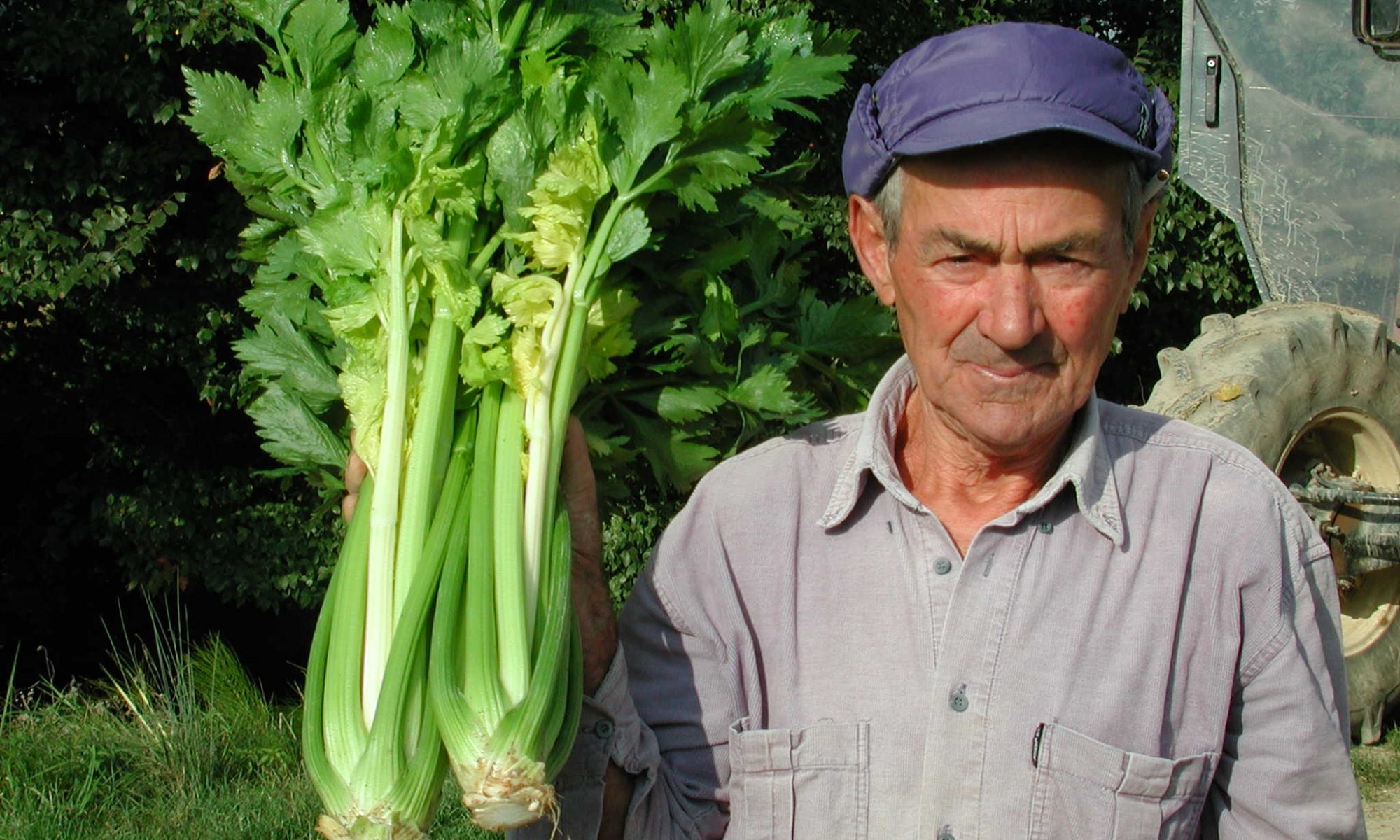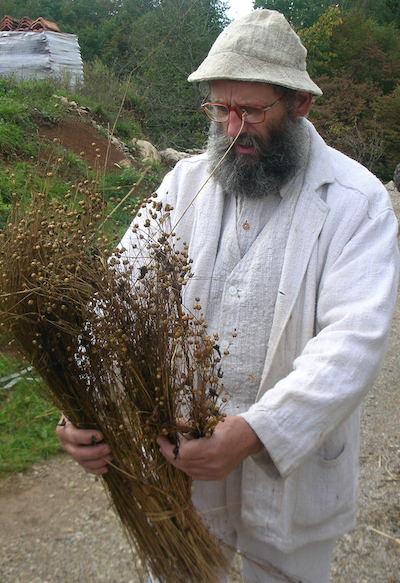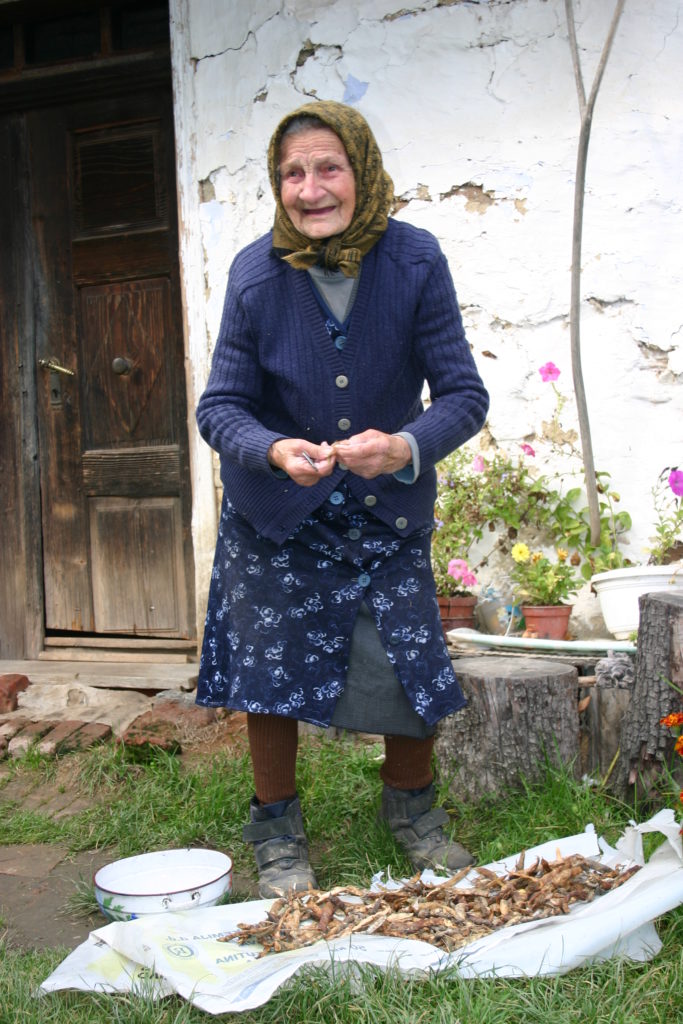Farmer’s Pride – what we are doing
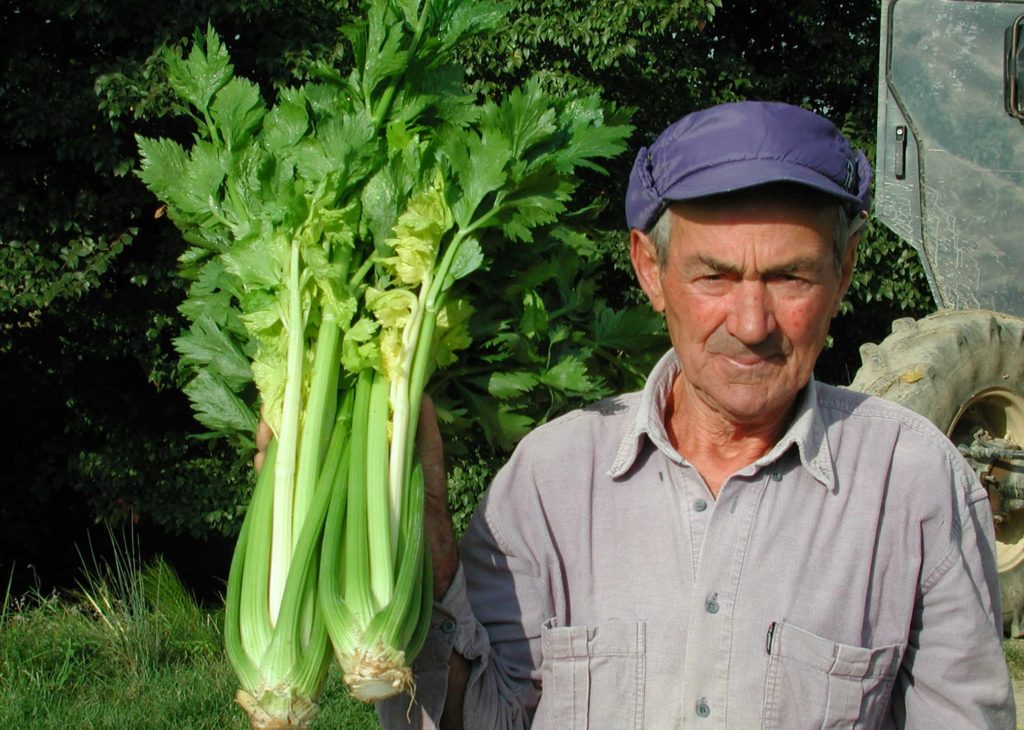
Farmer’s Pride is working to:
- Establish the European Network for In Situ Conservation and Sustainable Use of Plant Genetic Resources
- Improve and promote best practices
- Enhance the use of conserved plant genetic resources
- Influence policy
Establishing a network
There is a myriad of organizations and individuals involved or with an interest in the in situ conservation and sustainable use of plant genetic resources.
However, there is currently no regional mechanism to enable knowledge sharing and to open up opportunities to establish multi-actor partnerships.
In the Farmer’s Pride project, we are using survey tools and other outreach mechanisms to gain a better understanding of the people and organizations involved or with an interest in the in situ conservation and sustainable use of plant genetic resources in Europe, and establishing a communication and collaboration platform to engender cross-sector partnerships and help us work together.
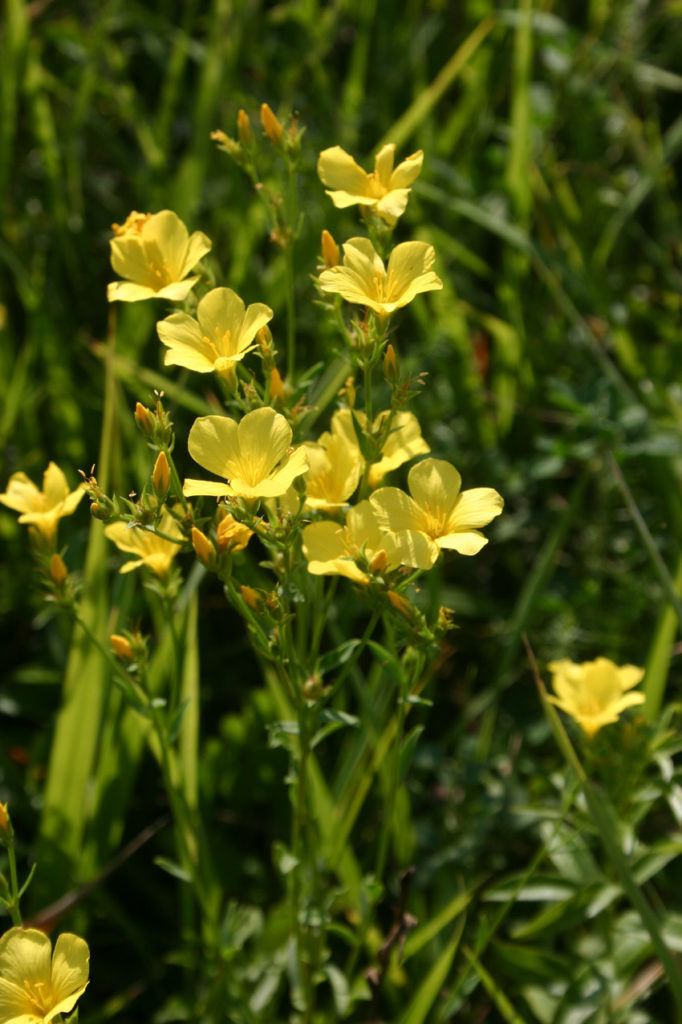
Linium flavum, a wild relative of flax © Vojtech Holubec 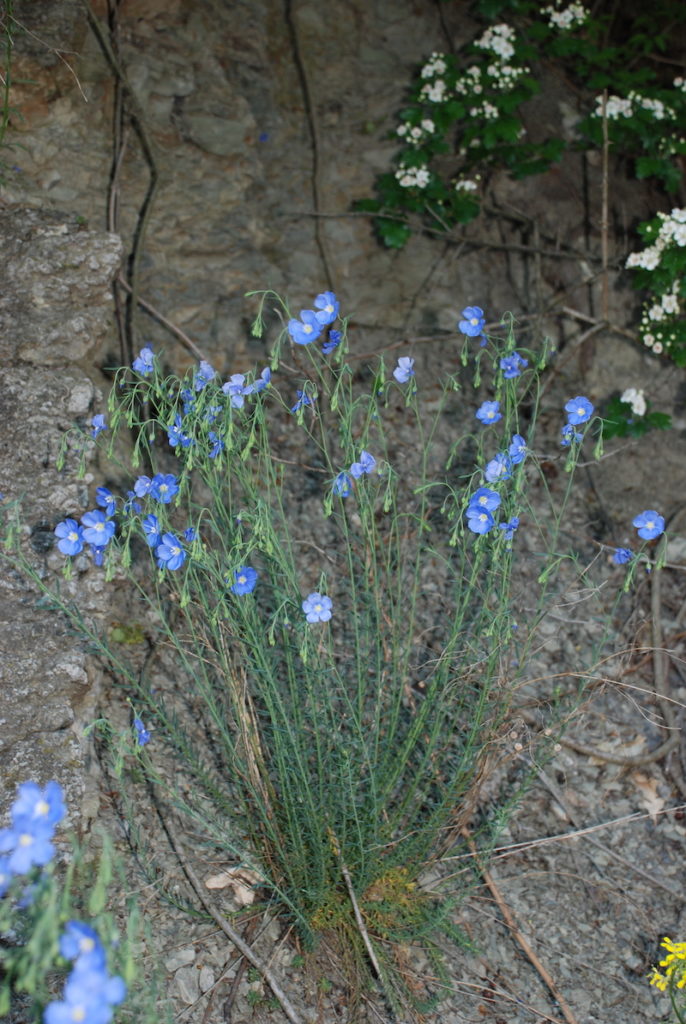
Linum perenne, a wild relative of flax 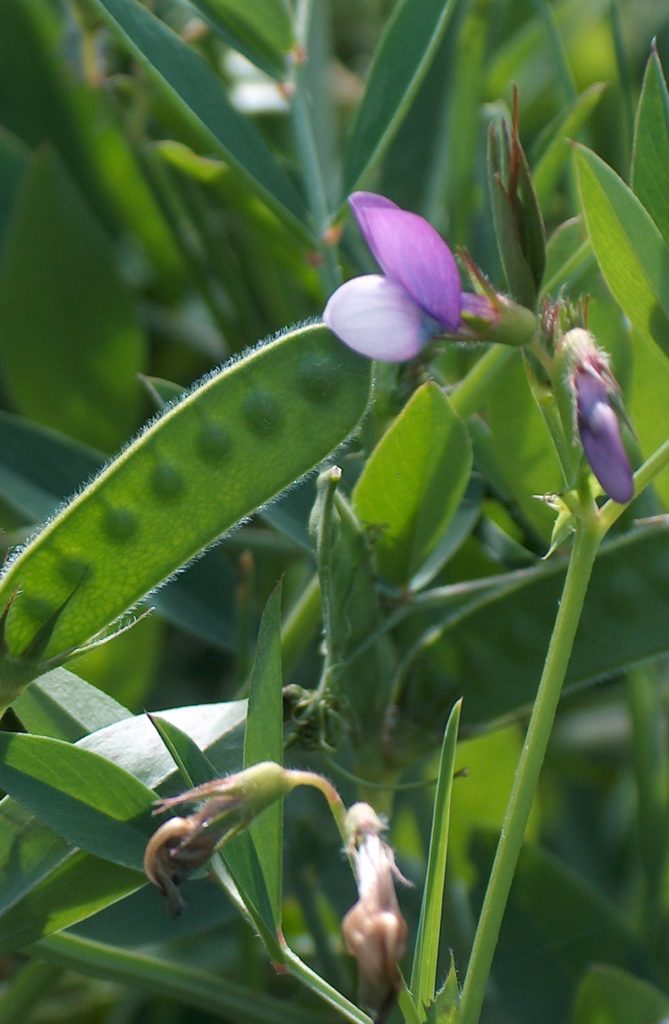
The threatened vetch,
Vicia bithynica
In situ management of plant genetic resources across the region is currently ad hoc and uncoordinated. To streamline and
strengthen conservation actions, a Europe-wide
network is needed to safeguard plant diversity for the future.
By combining the knowledge of existing stakeholders with analyses using geographic information system technology, we are identifying specific locations where wild and cultivated populations are managed to agreed standards and nominating them for inclusion in the European network for in situ conservation and sustainable use of plant genetic resources.
Improving and promoting best practices
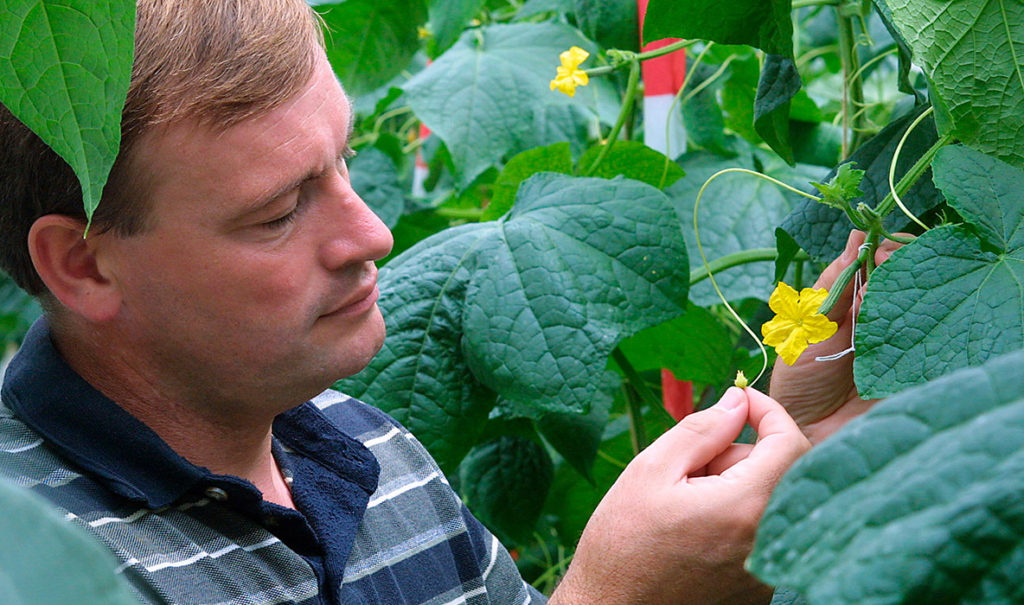
A critical aspect of enhancing in situ conservation of plant genetic resources is to improve and promote knowledge of how to optimize their management
We are defining the management practices needed to ensure that the goals of conserving genetic diversity in wild and cultivated plant populations are met within the European network.
We are also showcasing best practices—for example, to show how efficient conservation of populations of many species at various locations, and in different environmental conditions and management contexts can be achieved.
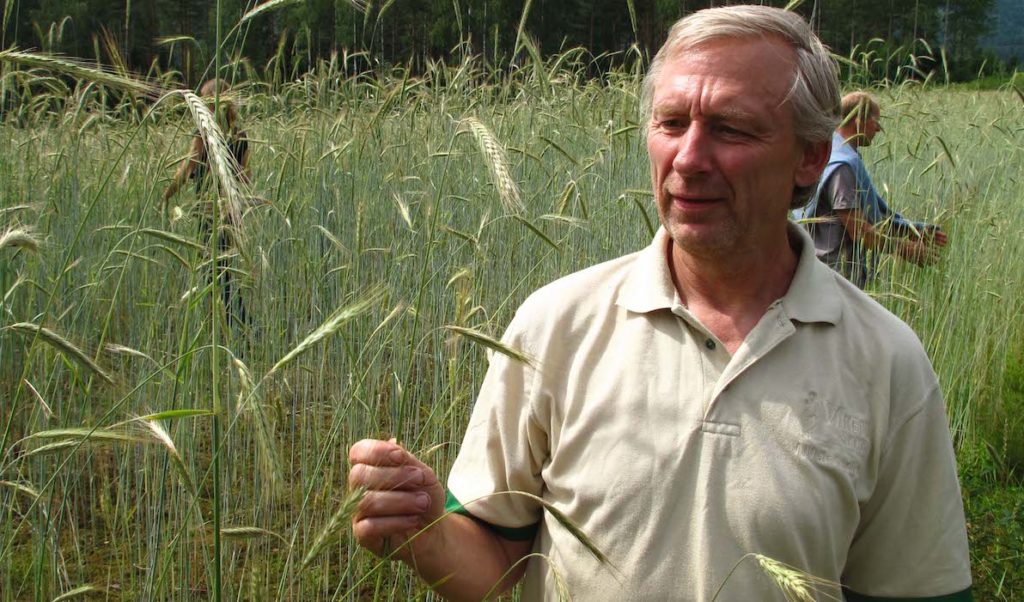
To reduce the risk of loss of diversity, a more efficient and effective system of plant genetic resources management in Europe can be developed and sustained by:
- creating closer alliances between ex situ and in situ resource managers
- improving synergies between the management of the populations in their care.
The Farmer’s Pride project is showcasing how ex situ conservation (the conservation of plant genetic resources in off-site facilities to conserve seeds and other plant materials) can be integrated with in situ conservation. We are also creating tools to manage the complex information associated with in situ conservation of plant genetic resources.
Enhancing the use of conserved plant genetic resources
Conservation of plant genetic resources is not an end in itself. The reason for conserving these resources is to ensure the continued availability of a wide range of genetic diversity for crop diversification and improvement.
We are engaging with plant breeders, farmers and other users of plant genetic resources to determine which traits are likely to be most important to meet future agricultural and market needs.
Using geographic information system technology, we are undertaking analyses to predict which populations are most likely to contain these traits to ensure they are conserved for their potential use for crop improvement.
Currently, ex situ conservation facilities are the primary source of plant genetic diversity for the research and plant breeding community. For in situ conservation of plant genetic resources to be sustainable, access to the conserved diversity needs to be facilitated.
In the Farmer’s Pride project we are creating an infrastructure to promote and facilitate access to in situ conserved diversity and demonstrating its functionality with case studies in two partner countries.
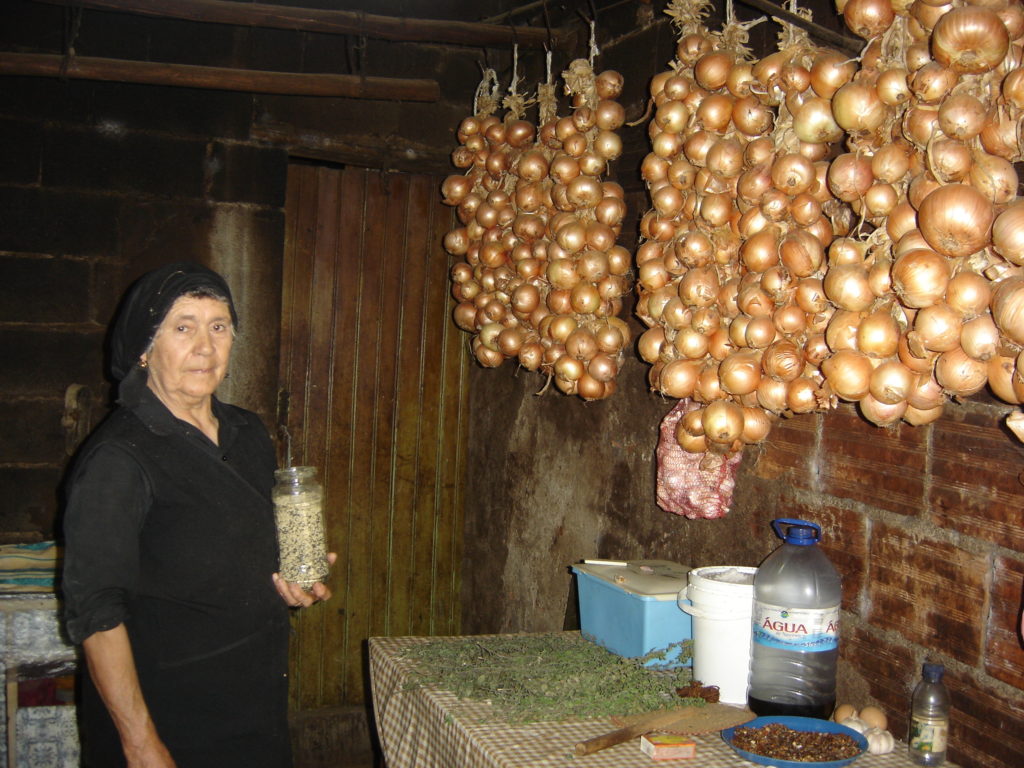
A vital aspect of our efforts to enhance the conservation and use of plant genetic resources is also to better understand existing use of crop material involving local seed systems—often characterised by the use and exchange of self-saved seed within and between local communities—and how they interact with national gene banks and authorities, and private seed companies.
By improving the management of community seed banks and by defining the roles of these different stakeholders—for example, in ensuring seed quality, good information management, and in developing national cooperation projects—we are working to create stronger and long-lasting local, national and international networks.
Influencing policy
The European network for in situ conservation and sustainable use of plant genetic resources requires a governance structure to ensure its effective operation and to permanently embed it within the broader, existing conservation framework in Europe.
In the Farmer’s Pride project, we are beginning to build this governance structure using existing organizations with mandates to conserve genetic resources in situ. We are also investigating the suitability of the current policy environment to support the governance structure, as well as identifying gaps and needs for policy change.
The availability of and access to a wide range of plant genetic resources for use by farmers, gardeners, researchers and plant breeders also demands a review of existing policy to improve the enabling environment.
We are working to identify cost-effective strategies and policies to improve the conservation and sustainable use of plant genetic resources in Europe, and establishing dialogues with policy-makers to communicate our recommendations.
A fundamental element of these investigations is to improve our understanding of the public and private benefits of plant genetic resources conservation and sustainable use, with a view to improving efforts to bring about the step change needed to secure these resources for the future.
